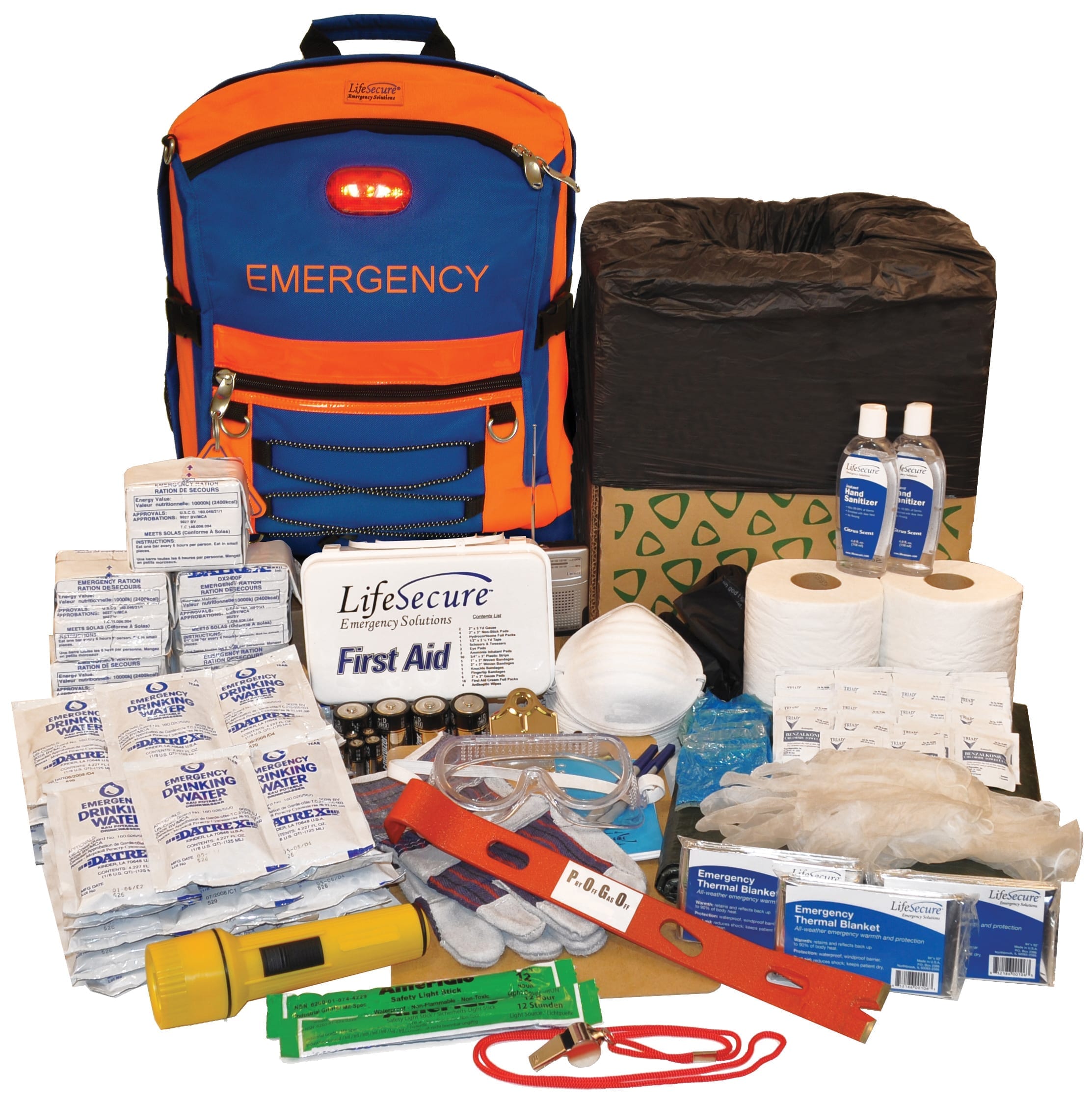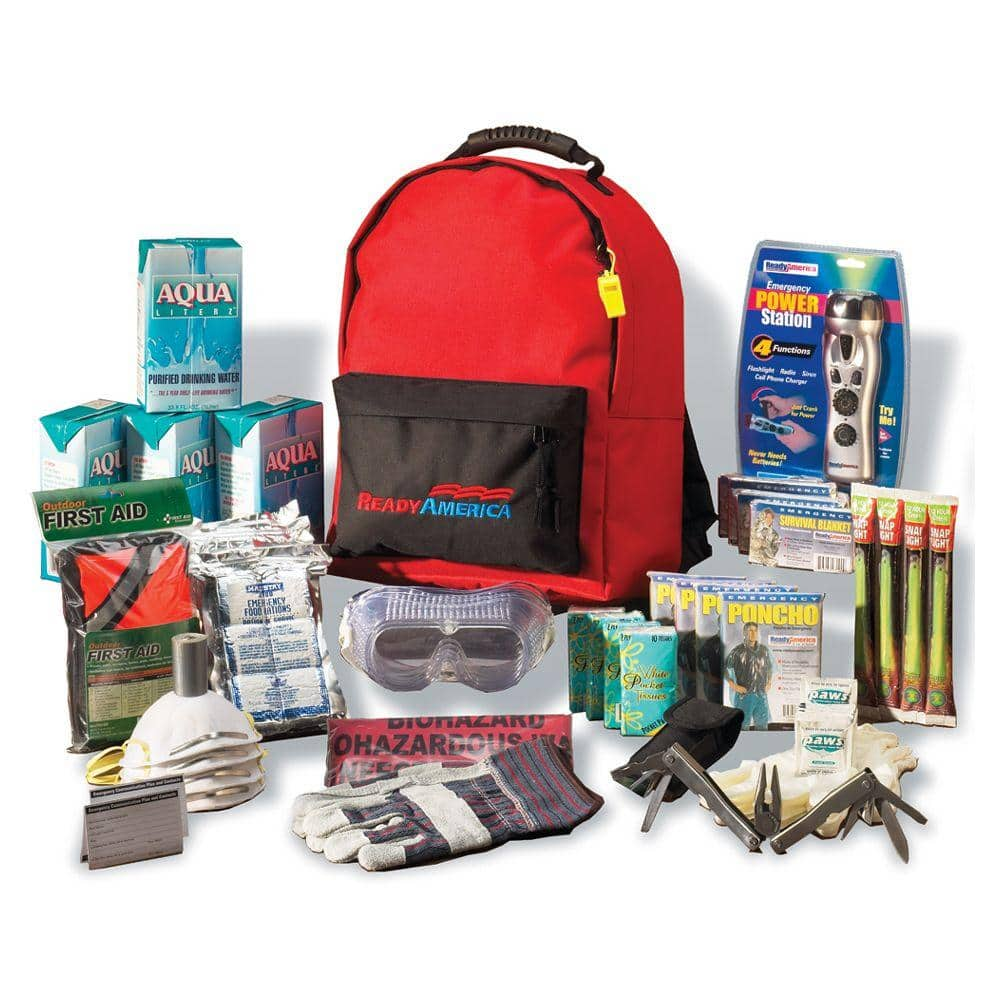Take Control with Emergency Preparedness: Protecting What Matters Most
Take Control with Emergency Preparedness: Protecting What Matters Most
Blog Article
Grasping the Art of Emergency Situation Readiness: Professional Tips
Whether it be a natural disaster, a clinical emergency, or a sudden situation, being prepared can make a substantial difference in the end result. Mastering the art of emergency situation preparedness calls for a mix of understanding, planning, and critical reasoning.
Significance of Emergency Preparedness
Emergency situation readiness is an important aspect of ensuring the safety and security and health of individuals and communities in the face of unforeseen disasters and emergency situations. EMERGENCY PREPAREDNESS. Being prepared can considerably reduce the effect of all-natural catastrophes, crashes, or other crises that may occur. By having a well-thought-out emergency situation plan in area, neighborhoods and individuals can respond efficiently, possibly lessening and saving lives damages
One vital reason emergency situation preparedness is very important is that it helps in reducing panic and confusion during a crisis. They are a lot more likely to remain calm and make rational choices in demanding situations when individuals are mindful of what to have and do practiced emergency treatments ahead of time. This can bring about an extra well organized and efficient response, helping in the defense of lives and property.
In addition, emergency situation preparedness cultivates durability within communities. By investing time and sources into preparedness procedures such as training, drills, and facilities renovations, neighborhoods can get better quicker after a calamity. This resilience is critical for long-term recuperation and sustainability, guaranteeing that areas can hold up against future emergencies.

Building a Comprehensive Emergency Situation Strategy
Due to the critical role emergency situation preparedness plays in minimizing the effect of catastrophes and cultivating area strength, the foundation for effective response lies in developing a thorough emergency strategy. EMERGENCY PREPAREDNESS. A comprehensive emergency situation strategy acts as a roadmap for neighborhoods and organizations to effectively coordinate sources, reply to dilemmas, and guarantee the security and wellness of people throughout emergency situations
Trick parts of a thorough emergency situation strategy consist of risk analysis, identification of possible dangers, establishment of interaction methods, classification of duties and roles, and normal training and drills. By carrying out complete risk evaluations, organizations can determine vulnerabilities and focus on areas for reduction. Establishing clear communication protocols makes sure that information is distributed effectively throughout emergencies, promoting prompt decision-making. Marking obligations and duties clears up the hierarchy and promotes a coordinated action initiative. Routine training and drills assist acquaint people with emergency procedures, making certain a swift and reliable reaction when a crisis occurs. Eventually, a comprehensive emergency situation plan is important in boosting preparedness, feedback capacities, and overall resilience despite catastrophes.
Essential Materials and Resources
When getting ready for possible catastrophes, making sure access to important supplies and resources is vital for effective emergency situation reaction and resilience. Stockpiling on non-perishable food products such as canned items, healthy protein bars, and dry products is critical to sustain people and households during times of situation when accessibility to fresh food may be limited (important source). Additionally, maintaining an enough water supply, with at the very least one gallon each daily for a minimum of 3 days, is essential for hydration and hygiene needs
Fundamental medical materials consisting of plasters, antiseptics, drugs, and a first aid package are crucial for attending to injuries and diseases that may take place during emergencies. Flashlights with additional batteries, a multi-tool, and coverings must also be consisted of in emergency situation supply kits to supply light, help in navigation, and make sure warmth and comfort.

Communication Strategies During Emergencies
Effective communication methods play an essential role in ensuring accurate and prompt circulation of details during emergencies. Clear and succinct communication is necessary for collaborating reaction initiatives, giving instructions to the general public, visit homepage and keeping everyone educated regarding the developing scenario. One vital strategy is to develop multiple interaction networks to get to a broad target market. This may include making use of text informs, social media updates, public statements, and traditional media outlets.
During emergencies, it is necessary to assign an agent or a main interaction group to ensure consistency in messaging and avoid confusion. This designated individual or team ought to be well-trained in crisis communication and efficient in providing info in a encouraging and calm way. Furthermore, establishing a system for two-way communication can help gather real-time responses from the influenced people and resolve their requirements better.
Additionally, using innovation such as emergency notification systems and communication applications can enhance the circulation of vital info and help with rapid feedback initiatives. By carrying out these communication organizations, areas and approaches can enhance their emergency situation readiness and reaction abilities, ultimately conserving lives and decreasing the effect of disasters.
Training and Technique for Preparedness
A crucial facet in making certain preparedness for emergency situations is the application of normal training and method sessions to enhance feedback abilities and preparedness - see this here. With regular training, emergency situation responders can acquaint themselves with protocols, tools procedure, and decision-making procedures, eventually enhancing their efficiency throughout dilemmas
Educating sessions should simulate practical emergency scenarios to provide responders with hands-on experience in a controlled atmosphere. These simulations enable individuals to exercise their roles, test interaction systems, and identify areas for improvement without the pressure of an actual emergency situation.
Normal drills and workouts likewise assist teams develop communication and control, making sure that every person understands their obligations and can collaborate perfectly when confronted with a situation. Additionally, debriefing sessions complying with training exercises allow for constructive comments and the chance to pick up from any errors made.
Final Thought
To conclude, understanding the art of emergency situation preparedness requires a detailed plan, vital supplies, efficient interaction techniques, and routine training. By focusing on readiness and taking proactive steps, neighborhoods and individuals can better reply to emergency situations and reduce prospective risks - EMERGENCY PREPAREDNESS. It is important to remain informed, remain prepared, and continuously enhance emergency situation response methods to make sure the safety and security and well-being of all individuals involved

In final thought, grasping the art of emergency situation readiness requires a detailed strategy, essential supplies, reliable interaction strategies, and regular training.
Report this page